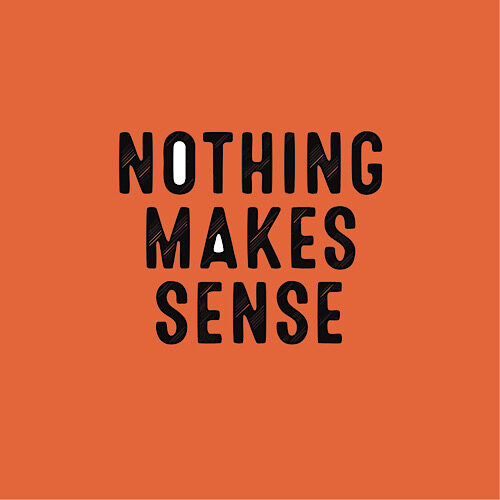The work of TYPO resists easy description, not because it evades meaning, but because it renders meaning unstable and contingent. A text artist in the most rigorous sense, TYPO doesn’t simply use language—they inhabit it, dissect it, expose its ligatures, the joins between rhetoric and ideology, intimacy and performance.
TYPO emerged in the mid-2010s from the internet fog that produced more gloss than grit, with early pieces that mimicked the spatial dislocation of browser tabs: vinyl text installations that wrapped entire rooms in iterative phrases, none of which resolved. The viewer was not asked to read so much as to navigate the space without tiring. In I Am Not Speaking (2016), black Helvetica peeled from the white walls in syncopated phrases—“I am not speaking / but you are hearing / but not me”—creating a textual stammer that implicated the audience in an act of unwilling translation.
Over the last decade, TYPO has refined this practice into something less declarative, more forensic. Their recent exhibition, Parentheticals, at the Textual Archive in Los Angeles, offered a taxonomy of asides: the gallery walls were bare save for parentheses—sculptural, textual, digital—that bracketed nothing or everything, depending on one’s interpretive tilt. The effect was not emptiness, but a kind of semantic hyperventilation.
Like other artists working in the long shadow of conceptualism—Jenny Holzer, Glenn Ligon, Kay Rosen—TYPO shares a belief in language as a site of both constraint and possibility. But where Holzer’s text is aphoristic, Rosen’s architectural, Ligon’s embodied, TYPO’s is most often incomplete. Their practice is dialogic in a literal sense: many of their pieces derive from actual conversations—transcripts, SMS exchanges, voice-to-text artifacts—abstracted until the voice dissolves and only cadence remains.
This is most evident in the 2023 piece Mutualisms, a durational performance-installation in which two typists sit across from each other, transcribing overheard conversations from a hidden mic feed elsewhere in the gallery. The typed texts are projected live, side by side, revealing the subjective distortions of each listener. Here, TYPO returns to the primal instability of language—not only as it is spoken and heard, but as it is interpreted, claimed, and misread.
Critics have sometimes dismissed TYPO’s work as overly academic, citing the density of references (Lacan, Derrida, Glissant), the footnoted titles, the avoidance of materiality beyond text. But this critique misunderstands the object of their inquiry. TYPO doesn’t use language to say something; they use it to interrogate the act of saying itself. The result is work that doesn’t seduce the eye so much as seduce the act of attention, demanding a slow, recursive engagement that refuses the passive consumption of text as image.
And yet there is beauty here. Not just in ornament, but in structure—in the deliberate architecture of confusion, in the tensions between absence and presence, between reading and not-reading. In this way, TYPO reminds us that language can sometimes be sculptural. And that meaning is something we move around, inhabit, and have to work to achieve ourselves.


